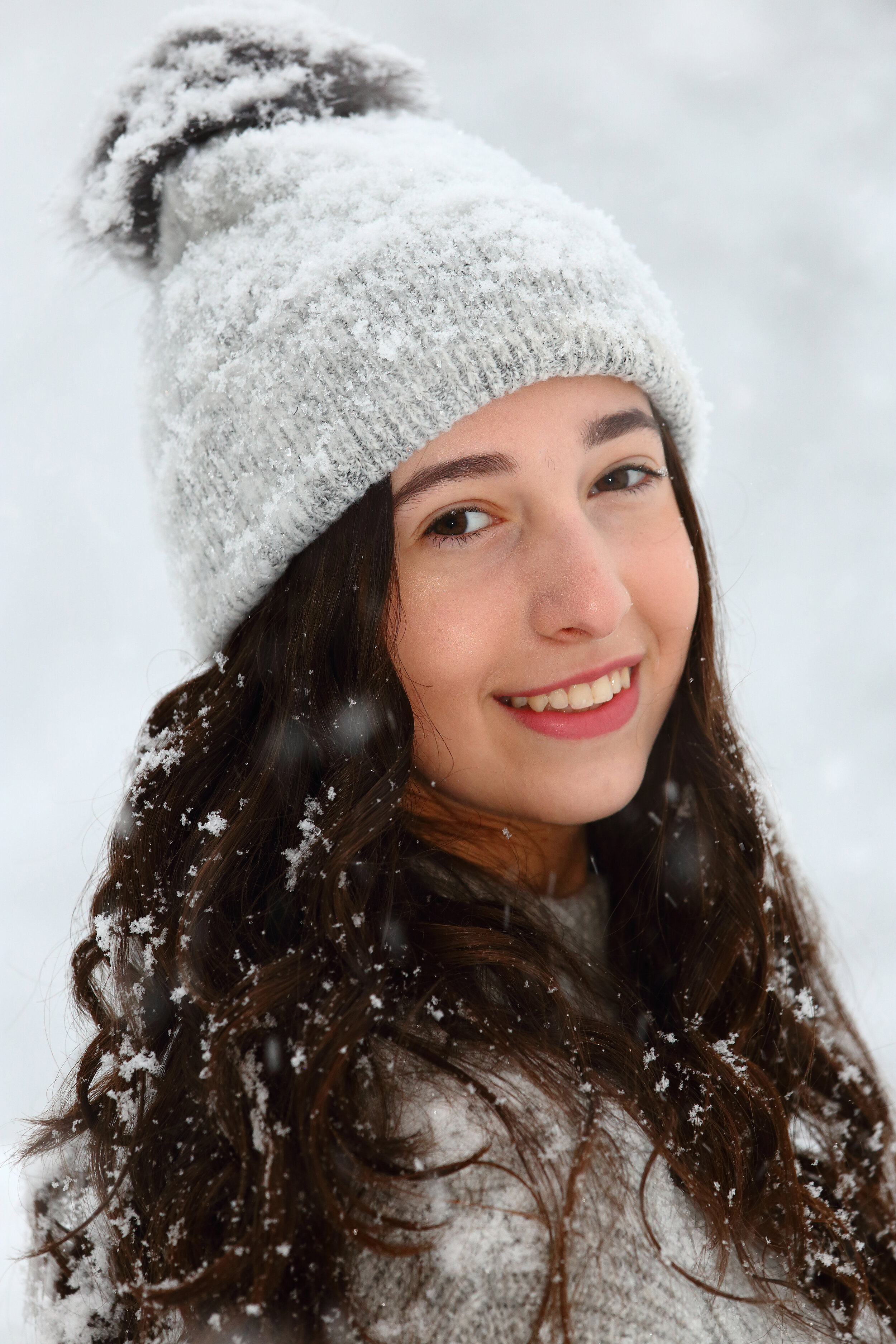Looking outside and seeing a Winter Wonderland is exciting and beautiful. How can you best capture with your camera, the beauty of the snow that you see with your very own eyes? Read on for some tips on capturing beautiful snow pictures.
Keep your camera cold
If you’re outside in the cold with an expensive camera, your first instinct might be to keep it warm under your coat, but this is actually a bad idea. In warmer environments, condensation may gather on your camera, fogging up the lens to the point that it’s impossible to take a good picture until the moisture has cleared. Keeping your camera at the same temperature as the outside air ensures that it won’t form condensation when you pull it out.
In addition, be sure you have a UV filter to protect the front elements of your camera lens from moisture and condensation.
To avoid condensation buildup in your camera when you come in from the cold, take a large zip-lock bag for your camera and seal it tight, with your camera inside. Throw a couple of silicon packs in the bag to help absorb moisture. Keep the bag closed when you get home and don’t open it until the camera reaches room temperature. Allowing your camera to return to a normal temperature gradually will significantly reduce that chance of condensation.
Lenses
You want to avoid the risk of condensation being trapped inside your camera body when changing lenses outdoors. A zoom lens will give you a range of focal lengths without having to switch lenses and expose your camera to the elements.
Use a lens hood
In the winter, photos often end up with flare from the sun, because the snow is so reflective. Use a lens hood to avoid lens flare. As another benefit, it helps keep the snow off your lens. In addition, a polarizer can help minimize or remove the glare on snow and ice-covered surfaces in frigid temperatures.
Bundle up and invest in fingerless gloves
Shooting in the snow can be dangerously cold, but if you’re trying to press buttons on your camera, you’ll need bare fingertips. Purchase some fingerless gloves, so you can navigate around your camera’s controls, while staying warm. Bundle up with layers, warm waterproof boots, fingerless gloves, and disposable hand warmers.
Keep your batteries warm
In cold weather, your batteries won’t last long. Charge two, and keep one in an inside pocket. When the battery in your camera runs low, replace it with the warm one. Then put the drained battery in your pocket; you may even be able to use it again once it warms up.
Focus on contrast
Autofocus can have a hard time when everything is white. So, you’ll need to be extra careful, and do your best to focus on a contrasty area of your snow scene. Remember: Your camera’s autofocus system uses contrast to focus, so the plain white snow may cause issues.
Exposure compensation
Your camera will try to make the snow look gray, so set your exposure compensation to +1 for example (or anywhere on the right side to add exposure). That will keep the snow looking white.
Shoot in Aperture Priority mode
When shooting in Aperture Priority, the camera will choose the shutter speed, so all you have to do is set your aperture, and let the camera handle the rest. This is great in cold weather, where cold fingers make it tough to change settings on the fly. (If you were in manual mode, you would need to change your settings more often, as the light changes).
Have fun with shutter speed
Shutter Speed Priority mode allows you to choose your shutter speed while the camera takes care of the rest. You can create many cool effects with shutter speed. For instance, with a fast shutter speed, you can freeze falling snow in midair. With a slow shutter speed, you can turn those flakes into long white streaks.
Shoot in raw format
Capturing the correct exposure and white balance when your scene is overwhelmed by reflective, white snow can be tricky. Set your camera to RAW, so you can adjust your settings without being limited to the restrictions found in JPEG files. If you shoot in raw, you’ll be able to recover highlights and adjust shadows afterwards, if needed.
White Balance
Finding the correct white balance while photographing snow can be tricky. More often than not, snow reads on the blue side of the color spectrum. Use the “flash” white balance setting. It is intended to compensate for bluish flash lighting, and can warm up your snow-filled image. You can also try the “cloudy” white balance setting or manually set your white balance around 6,500 Kelvin. Just be aware of the results, to make sure the picture is not too warm.
Check the Histogram
Check your histogram as you are shooting to make sure you are not losing image details in the snow. The histogram will tell you if your highlights are overexposed or blown out.
Capture some bokeh
Use a large aperture (for example f/2.8 or f/4), and make sure there is some distance between your subject and the background, to get a beautifully blurred background.
Use color
If all you see is white snow, find something colorful to help your photo pop. This could be a person wearing a bright red jacket, a blue sky, a brightly colored scarf or hat, a sled, or a taxi cab. Look around for anything nearby that will add some variation and color into the frame.
Watch out for footprints
You don’t want to spend time getting your settings just right, snapping some beautiful photos of a snowy scene, and only then realizing the photo is full of footprints. If you want footprint-free snow, you should plan the photos you’re going to take and the order you’ll take them in (so you don’t trample the snow during the shooting process!). Capturing fresh snow might also mean going out early to shoot (before the kids get up!).
Be patient
Light can change fast. The sun can go behind a large cloud and totally change how the snow looks. You may want to wait for the sun to come out again. This can be hard when it’s cold, but it’s worth it! After all, sunshine and shadows add beauty and drama to a snowy scene.
Most important of all - have fun, and stay warm!!! Send me some of your favorite snow pictures!




